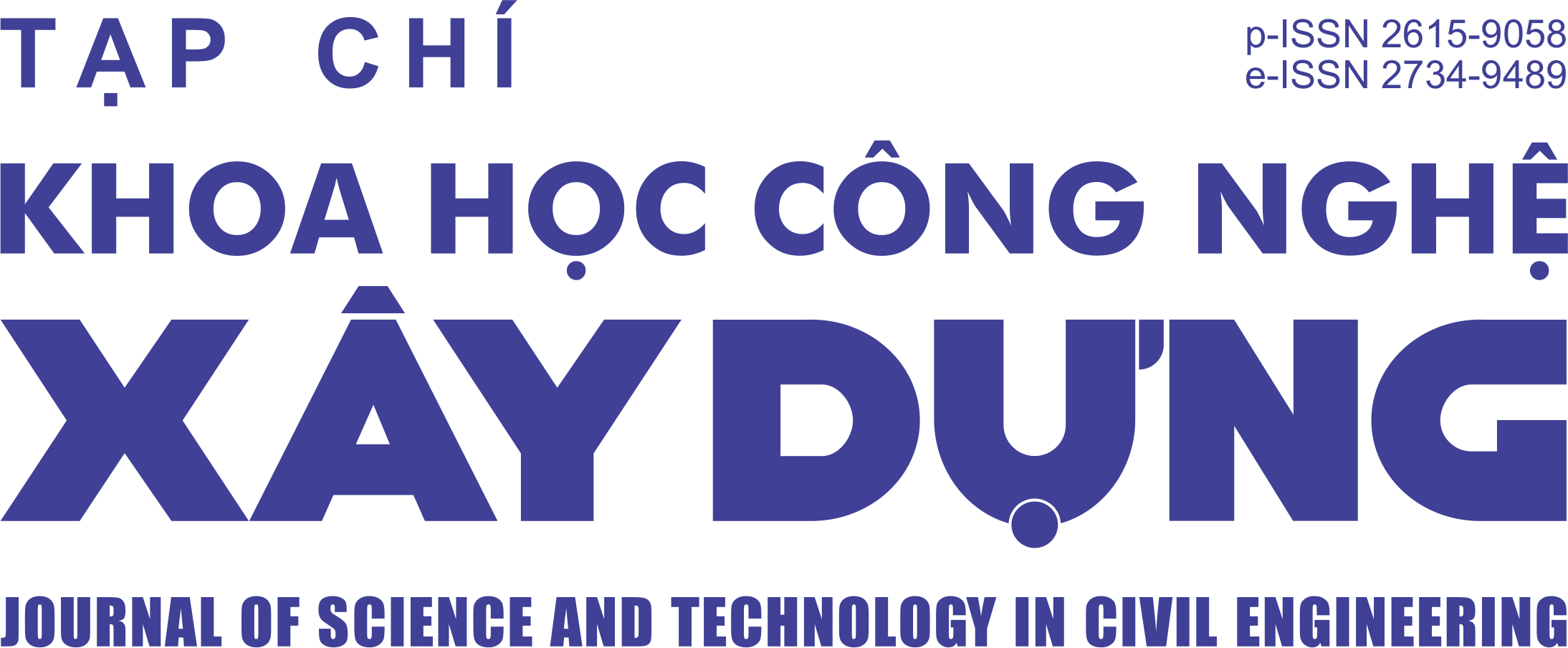Enhancing programevaluation and review technique (PERT) for construction project scheduling with Bayesian updating and appropriate probability distributions
Abstract
The Program Evaluation and Review Technique (PERT) is a popular scheduling technique that takes advantage of the Beta distribution to present uncertainty in activity durations. This study presents an advanced PERT method with an improved Bayesian updating and improved assumed prior distributions, which better represent real-world projects. The method is backed with detailed mathematical proofs and derivations for a solid theoretical foundation. A numerical case study involving a 30-floor building construction project is used to compare the performance of traditional PERT, the Beta-improved Bayesian PERT, and the Log-Normal Bayesian PERT methods. In the example, the activities considered are Formwork, Rebar and Construction, Masonry, Mechanical-Electrical-Plumbing (MEP), and Finishing, which are the main activities in a construction project. The results show that the Beta-improved and the Log-Normal distributions are constructed successfully in the models with converging variance – an observation that delineates the uncertainty reduced along a real project’s course. With enhanced functions, the PERT method can be utilized to support project decision-makers in scheduling and managing complex projects in reality.
Downloads
Copyright (c) 2024 Hanoi University of Civil Engineering

This work is licensed under a Creative Commons Attribution-NonCommercial-NoDerivatives 4.0 International License.
1. The Author assigns all copyright in and to the article (the Work) to the Journal of Science and Technology in Civil Engineering (JSTCE) – Hanoi University of Civil Engineering (HUCE), including the right to publish, republish, transmit, sell and distribute the Work in whole or in part in electronic and print editions of the Journal, in all media of expression now known or later developed.
2. By this assignment of copyright to the JSTCE, reproduction, posting, transmission, distribution or other use of the Work in whole or in part in any medium by the Author requires a full citation to the Journal, suitable in form and content as follows: title of article, authors’ names, journal title, volume, issue, year, copyright owner as specified in the Journal, DOI number. Links to the final article published on the website of the Journal are encouraged.
3. The Author and the company/employer agree that any and all copies of the final published version of the Work or any part thereof distributed or posted by them in print or electronic format as permitted herein will include the notice of copyright as stipulated in the Journal and a full citation to the Journal as published on the website.







